1. Lovitt CJ, Shelper TB, Avery VM. 2018; Doxorubicin resistance in breast cancer cells is mediated by extracellular matrix proteins. BMC Cancer. 18:41. DOI:
10.1186/s12885-017-3953-6. PMID:
29304770. PMCID:
PMC5756400.

2. Xie Z, Zhang Y, Jin C, Fu D. 2017; Gemcitabine-based chemotherapy as a viable option for treatment of advanced breast cancer patients: a meta-analysis and literature review. Oncotarget. 9:7148–7161. DOI:
10.18632/oncotarget.23426. PMID:
29467957. PMCID:
PMC5805543.

4. Sorolla A, Wang E, Clemons TD, Evans CW, Plani-Lam JH, Golden E, Dessauvagie B, Redfern AD, Swaminathan-Iyer K, Blancafort P. 2019; Triple-hit therapeutic approach for triple negative breast cancers using docetaxel nanoparticles, EN1-iPeps and RGD peptides. Nanomedicine. 20:102003. DOI:
10.1016/j.nano.2019.04.006. PMID:
31055077.

5. Kendzierski DC, Schneider BP, Kiel PJ. 2018; Efficacy of different leuprolide administration schedules in premenopausal breast cancer: a retrospective review. Clin Breast Cancer. 18:e939–e942. DOI:
10.1016/j.clbc.2018.04.005. PMID:
29747931.
6. U.S. Food and Drug Administration. 1996. MedWatch: The FDA safety information and adverse event reporting program [Internet]. U.S. Food and Drug Administration;Silver Spring (MD): Available from: www.fda.gov/medwatch. cited 2020 May 12.
8. Gaucher G, Marchessault RH, Leroux JC. 2010; Polyester-based micelles and nanoparticles for the parenteral delivery of taxanes. J Control Release. 143:2–12. DOI:
10.1016/j.jconrel.2009.11.012. PMID:
19925835.

10. Mi Y, Guo Y, Feng SS. 2012; Nanomedicine for multimodality treatment of cancer. Nanomedicine (Lond). 7:1791–1794. DOI:
10.2217/nnm.12.159. PMID:
23249329.

11. Kutty RV, Feng SS. 2013; Cetuximab conjugated vitamin E TPGS micelles for targeted delivery of docetaxel for treatment of triple negative breast cancers. Biomaterials. 34:10160–10171. DOI:
10.1016/j.biomaterials.2013.09.043. PMID:
24090836.
12. Makadia HK, Siegel SJ. 2011; Poly lactic-co-glycolic acid (PLGA) as biodegradable controlled drug delivery carrier. Polymers (Basel). 3:1377–1397. DOI:
10.3390/polym3031377. PMID:
22577513. PMCID:
PMC3347861.

13. Blasi P. 2019; Poly(lactic acid)/poly(lactic-co-glycolic acid)-based microparticles: an overview. J Pharm Investig. 49:337–346. DOI:
10.1007/s40005-019-00453-z.

14. Elmowafy EM, Tiboni M, Soliman ME. 2019; Biocompatibility, biodegradation and biomedical applications of poly(lactic acid)/poly(lactic-co-glycolic acid) micro and nanoparticles. J Pharm Investig. 49:347–380. DOI:
10.1007/s40005-019-00439-x.

15. Choi JS, Jang WS, Park JS. 2018; Comparison of adsorption and conjugation of Herceptin on poly(lactic-co-glycolic acid) nanoparticles - effect on cell internalization in breast cancer cells. Mater Sci Eng C Mater Biol Appl. 92:496–507. DOI:
10.1016/j.msec.2018.06.059. PMID:
30184775.

16. Gao J, Liu J, Xie F, Lu Y, Yin C, Shen X. 2019; Co-delivery of docetaxel and salinomycin to target both breast cancer cells and stem cells by PLGA/TPGS nanoparticles. Int J Nanomedicine. 14:9199–9216. DOI:
10.2147/IJN.S230376. PMID:
32063706. PMCID:
PMC6884979.
17. Prabhuraj RS, Bomb K, ivastava R Sr, Bandyopadhyaya R. 2020; Selection of superior targeting ligands using PEGylated PLGA nanoparticles for delivery of curcumin in the treatment of triple-negative breast cancer cells. J Drug Deliv Sci Technol. 57:101722. DOI:
10.1016/j.jddst.2020.101722.

18. Danhier F, Ansorena E, Silva JM, Coco R, Le Breton A, Préat V. 2012; PLGA-based nanoparticles: an overview of biomedical applications. J Control Release. 161:505–522. DOI:
10.1016/j.jconrel.2012.01.043. PMID:
22353619.

19. Berthet M, Gauthier Y, Lacroix C, Verrier B, Monge C. 2017; Nanoparticle-based dressing: the future of wound treatment? Trends Biotechnol. 35:770–784. DOI:
10.1016/j.tibtech.2017.05.005. PMID:
28645529.

20. Chambon P, Chen L, Furzeland S, Atkins D, Weaver JVM, Adams DJ. 2011; Poly(N-isopropylacrylamide) branched polymernanoparticles. Polym Chem. 2:941–949. DOI:
10.1039/c0py00369g.
21. Perinelli DR, Cespi M, Bonacucina G, Palmieri GF. 2019; PEGylated polylactide (PLA) and poly (lactic-co-glycolic acid) (PLGA) copolymers for the design of drug delivery systems. J Pharm Investig. 49:443–458. DOI:
10.1007/s40005-019-00442-2.

22. Zhang Y, Hou J, Qian C, Song L, Guo S. 2011; Taxol-loaded nanoparticles with methoxy poly(ethylene glycol)-b-poly(ε-caprolactone) as a novel additive in the outer aqueous phase. J Appl Polym Sci. 121:2386–2393. DOI:
10.1002/app.33518.

23. Akhtar N, Ahad A, Khar RK, Jaggi M, Aqil M, Iqbal Z, Ahmad FJ, Talegaonkar S. 2011; The emerging role of P-glycoprotein inhibitors in drug delivery: a patent review. Expert Opin Ther Pat. 21:561–576. DOI:
10.1517/13543776.2011.561784. PMID:
21413912.

24. Mu L, Feng SS. 2002; Vitamin E TPGS used as emulsifier in the solvent evaporation/extraction technique for fabrication of polymeric nanospheres for controlled release of paclitaxel (Taxol). J Control Release. 80:129–144. DOI:
10.1016/S0168-3659(02)00025-1. PMID:
11943393.

25. Guo Y, Luo J, Tan S, Otieno BO, Zhang Z. 2013; The applications of Vitamin E TPGS in drug delivery. Eur J Pharm Sci. 49:175–186. DOI:
10.1016/j.ejps.2013.02.006. PMID:
23485439.

26. Wang G, Yu B, Wu Y, Huang B, Yuan Y, Liu CS. 2013; Controlled preparation and antitumor efficacy of vitamin E TPGS-functionalized PLGA nanoparticles for delivery of paclitaxel. Int J Pharm. 446:24–33. DOI:
10.1016/j.ijpharm.2013.02.004. PMID:
23402977.

27. Zhang Z, Lee SH, Gan CW, Feng SS. 2008; In vitro and in vivo investigation on PLA-TPGS nanoparticles for controlled and sustained small molecule chemotherapy. Pharm Res. 25:1925–1935. DOI:
10.1007/s11095-008-9611-6. PMID:
18509603.

28. Shieh MJ, Hsu CY, Huang LY, Chen HY, Huang FH, Lai PS. 2011; Reversal of doxorubicin-resistance by multifunctional nanoparticles in MCF-7/ADR cells. J Control Release. 152:418–425. DOI:
10.1016/j.jconrel.2011.03.017. PMID:
21435362.

29. Yang C, Wu T, Qi Y, Zhang Z. 2018; Recent advances in the application of vitamin E TPGS for drug delivery. Theranostics. 8:464–485. DOI:
10.7150/thno.22711. PMID:
29290821. PMCID:
PMC5743561.

30. Neuzil J, Tomasetti M, Mellick AS, Alleva R, Salvatore BA, Birringer M, Fariss MW. 2004; Vitamin E analogues: a new class of inducers of apoptosis with selective anti-cancer effects. Curr Cancer Drug Targets. 4:355–372. DOI:
10.2174/1568009043332943. PMID:
15180501.

31. Win KY, Feng SS. 2005; Effects of particle size and surface coating on cellular uptake of polymeric nanoparticles for oral delivery of anticancer drugs. Biomaterials. 26:2713–2722. DOI:
10.1016/j.biomaterials.2004.07.050. PMID:
15585275.

32. Gan CW, Feng SS. 2010; Transferrin-conjugated nanoparticles of poly(lactide)-D-alpha-tocopheryl polyethylene glycol succinate diblock copolymer for targeted drug delivery across the blood-brain barrier. Biomaterials. 31:7748–7757. DOI:
10.1016/j.biomaterials.2010.06.053. PMID:
20673685.
33. Zhang Z, Feng SS. 2006; Nanoparticles of poly(lactide)/vitamin E TPGS copolymer for cancer chemotherapy: synthesis, formulation, characterization and in vitro drug release. Biomaterials. 27:262–270. DOI:
10.1016/j.biomaterials.2005.05.104. PMID:
16024075.

34. Varma MV, Panchagnula R. 2005; Enhanced oral paclitaxel absorption with vitamin E-TPGS: effect on solubility and permeability in vitro, in situ and in vivo. Eur J Pharm Sci. 25:445–453. DOI:
10.1016/j.ejps.2005.04.003. PMID:
15890503.

35. Noori Koopaei M, Khoshayand MR, Mostafavi SH, Amini M, Khorramizadeh MR, Jeddi Tehrani M, Atyabi F, Dinarvand R. 2014; Docetaxel loaded PEG-PLGA nanoparticles: optimized drug loading, in-vitro cytotoxicity and in-vivo antitumor effect. Iran J Pharm Res. 13:819–833. PMID:
25276182. PMCID:
PMC4177642.
36. Choi JS, Kwon SH, Lee SE, Jang WS, Byeon JC, Jeong HM, Park JS. 2017; Use of acidifier and solubilizer in tadalafil solid dispersion to enhance the in vitro dissolution and oral bioavailability in rats. Int J Pharm. 526:77–87. DOI:
10.1016/j.ijpharm.2017.04.056. PMID:
28450170.

37. Li A, Zuo L. 2019; Construction of anti-EpCAM drug-loaded immunomagnetic balls and its application in diagnosis of breast cancer. Nano Life. 9:1940006. DOI:
10.1142/S1793984419400063.

38. Kulhari H, Pooja D, Shrivastava S, Telukutala SR, Barui AK, Patra CR, Naidu Vegi GM, Adams DJ, Sistla R. 2015; Cyclic-RGDfK peptide conjugated succinoyl-TPGS nanomicelles for targeted delivery of docetaxel to integrin receptor over-expressing angiogenic tumours. Nanomedicine. 11:1511–1520. DOI:
10.1016/j.nano.2015.04.007. PMID:
25933692.

39. Jiang P, Yu D, Zhang W, Mao Z, Gao C. 2015; Influence of bovine serum albumin coated poly(lactic-co-glycolic acid) particles on differentiation of mesenchymal stem cells. RSC Adv. 5:40924–40931. DOI:
10.1039/C5RA07219K.

40. Wang Y, Li P, Kong L. 2013; Chitosan-modified PLGA nanoparticles with versatile surface for improved drug delivery. AAPS PharmSciTech. 14:585–592. DOI:
10.1208/s12249-013-9943-3. PMID:
23463262. PMCID:
PMC3665987.

41. de Souza Pietra RCC, Cruz RC, Melo CN, Rodrigues LB, Santos PC, Bretz GPM, Soares BM, de Sousa GR, Ferreira MVL, Cisalpino PS, Magalhães PP, de Macêdo Farias L, Pinotti M. 2017; Evaluation of polymeric PLGA nanoparticles conjugated to curcumin for use in aPDT. Braz J Pharm Sci. 53:e16043. DOI:
10.1590/s2175-97902017000216043.

42. Jang MH, Kim CH, Yoon HY, Sung SW, Goh MS, Lee ES, Shin DJ, Choi YW. 2019; Steric stabilization of RIPL peptide-conjugated liposomes and in vitro assessment. J Pharm Investig. 49:115–125. DOI:
10.1007/s40005-018-0392-6.

43. Choi JS, Park JS. 2020; Design and evaluation of the anticancer activity of paclitaxel-loaded anisotropic-poly(lactic-co-glycolic acid) nanoparticles with PEGylated chitosan surface modifications. Int J Biol Macromol. 162:1064–1075. DOI:
10.1016/j.ijbiomac.2020.06.237. PMID:
32599249.

44. Sharma N, Madan P, Lin S. 2016; Effect of process and formulation variables on the preparation of parenteral paclitaxel-loaded biodegradable polymeric nanoparticles: a co-surfactant study. Asian J Pharm Sci. 11:404–416. DOI:
10.1016/j.ajps.2015.09.004.

45. Krishnamachari Y, Madan P, Lin S. 2007; Development of pH- and time-dependent oral microparticles to optimize budesonide delivery to ileum and colon. Int J Pharm. 338:238–247. DOI:
10.1016/j.ijpharm.2007.02.015. PMID:
17368982.

46. Gabor F, Ertl B, Wirth M, Mallinger R. 1999; Ketoprofen-poly(D,L-lactic-co-glycolic acid) microspheres: influence of manufacturing parameters and type of polymer on the release characteristics. J Microencapsul. 16:1–12. DOI:
10.1080/026520499289266. PMID:
9972498.

47. Rafiei P, Haddadi A. 2017; Docetaxel-loaded PLGA and PLGA-PEG nanoparticles for intravenous application: pharmacokinetics and biodistribution profile. Int J Nanomedicine. 12:935–947. DOI:
10.2147/IJN.S121881. PMID:
28184163. PMCID:
PMC5291330.

48. Qureshi OS, Kim HS, Zeb A, Choi JS, Kim HS, Kwon JE, Kim MS, Kang JH, Ryou C, Park JS, Kim JK. 2017; Sustained release docetaxel-incorporated lipid nanoparticles with improved pharmacokinetics for oral and parenteral administration. J Microencapsul. 34:250–261. DOI:
10.1080/02652048.2017.1337247. PMID:
28557649.

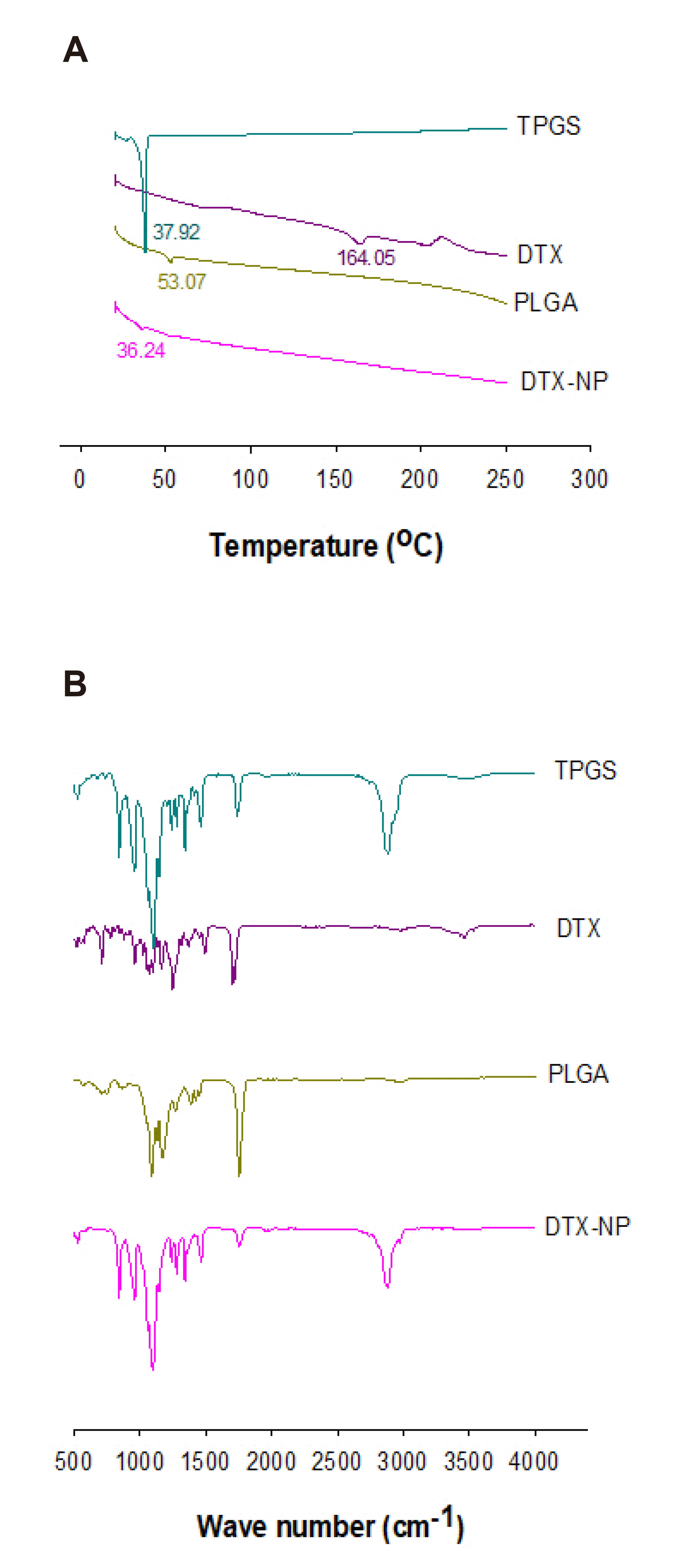




 PDF
PDF Citation
Citation Print
Print


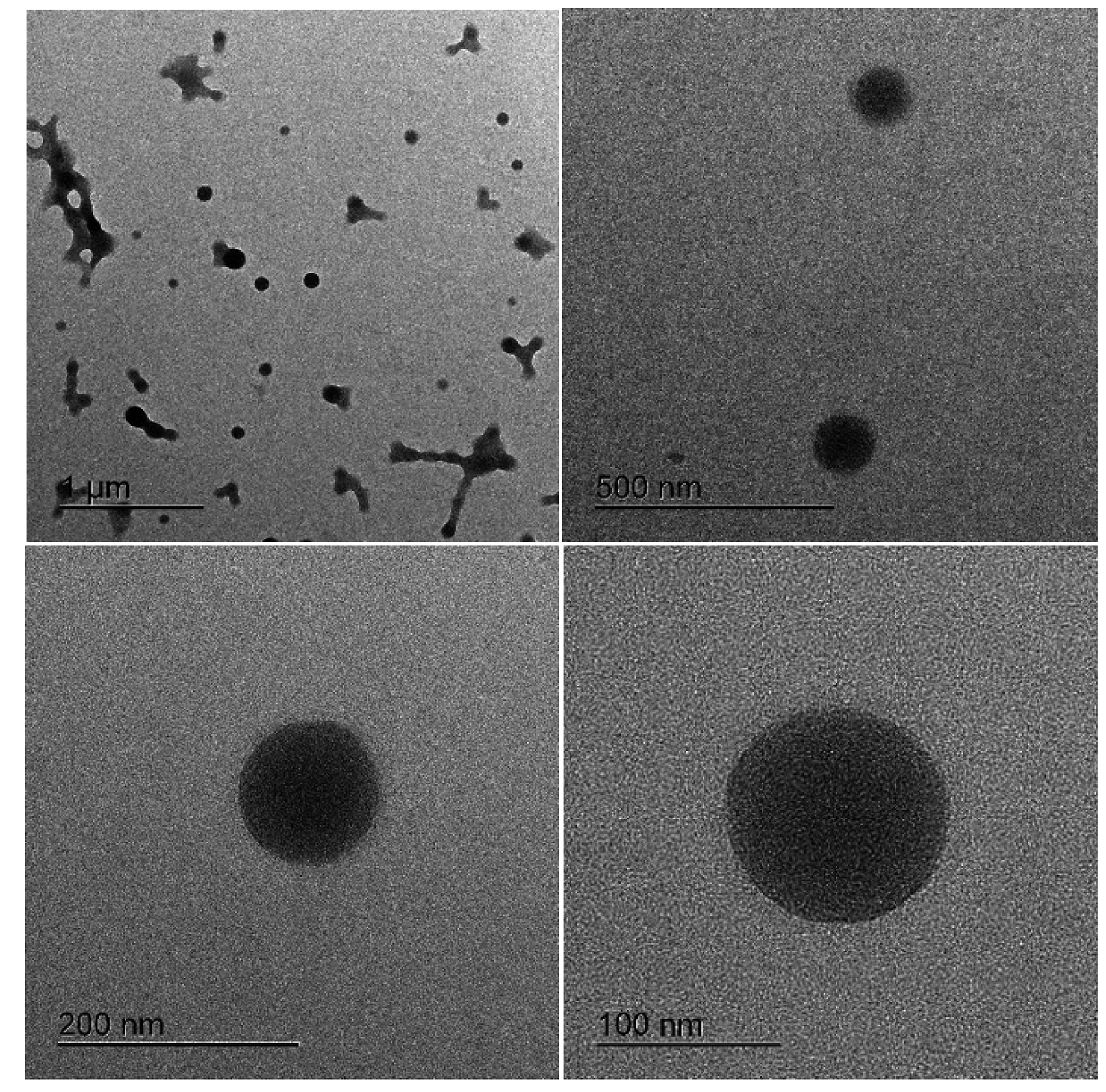
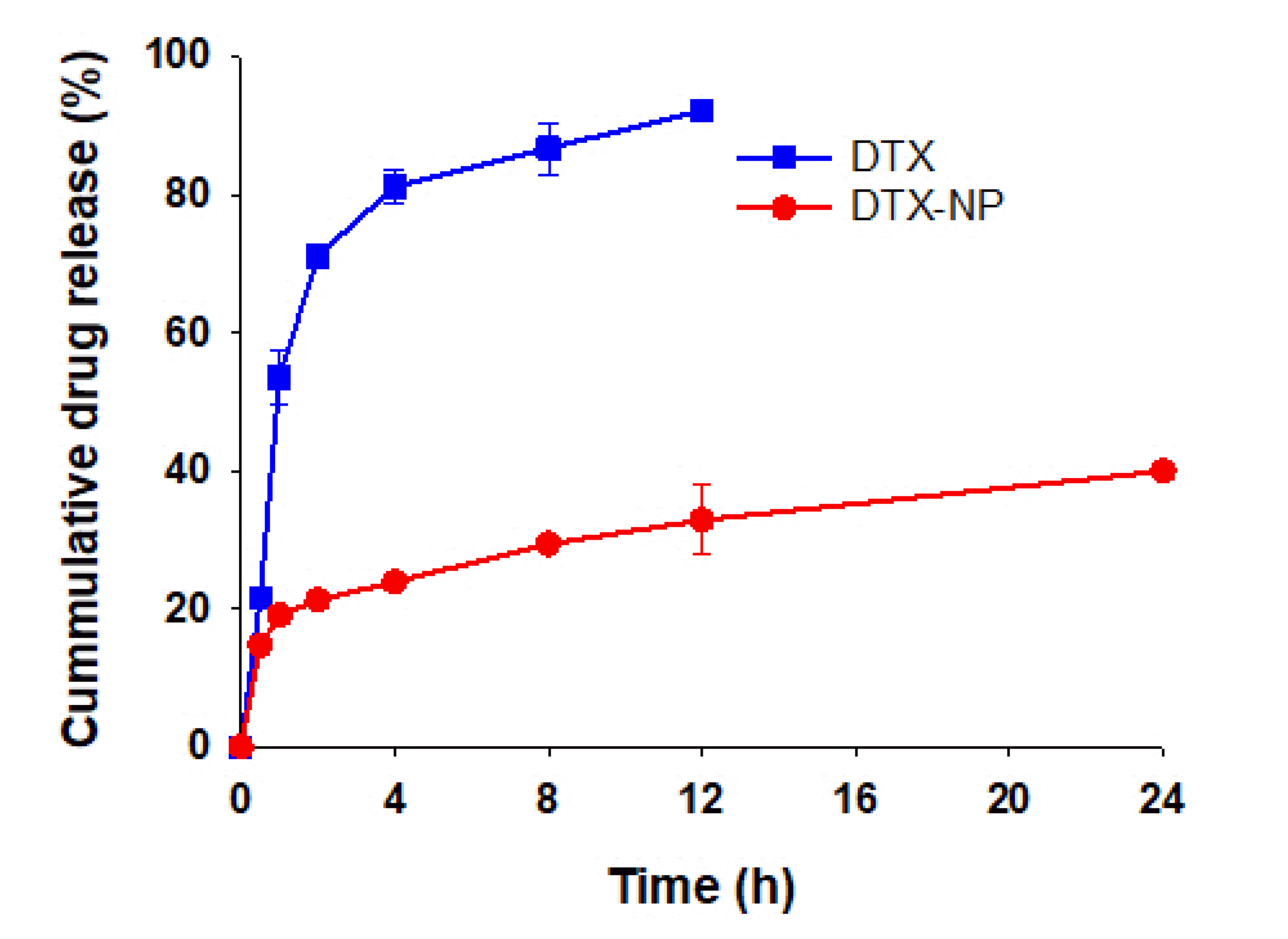
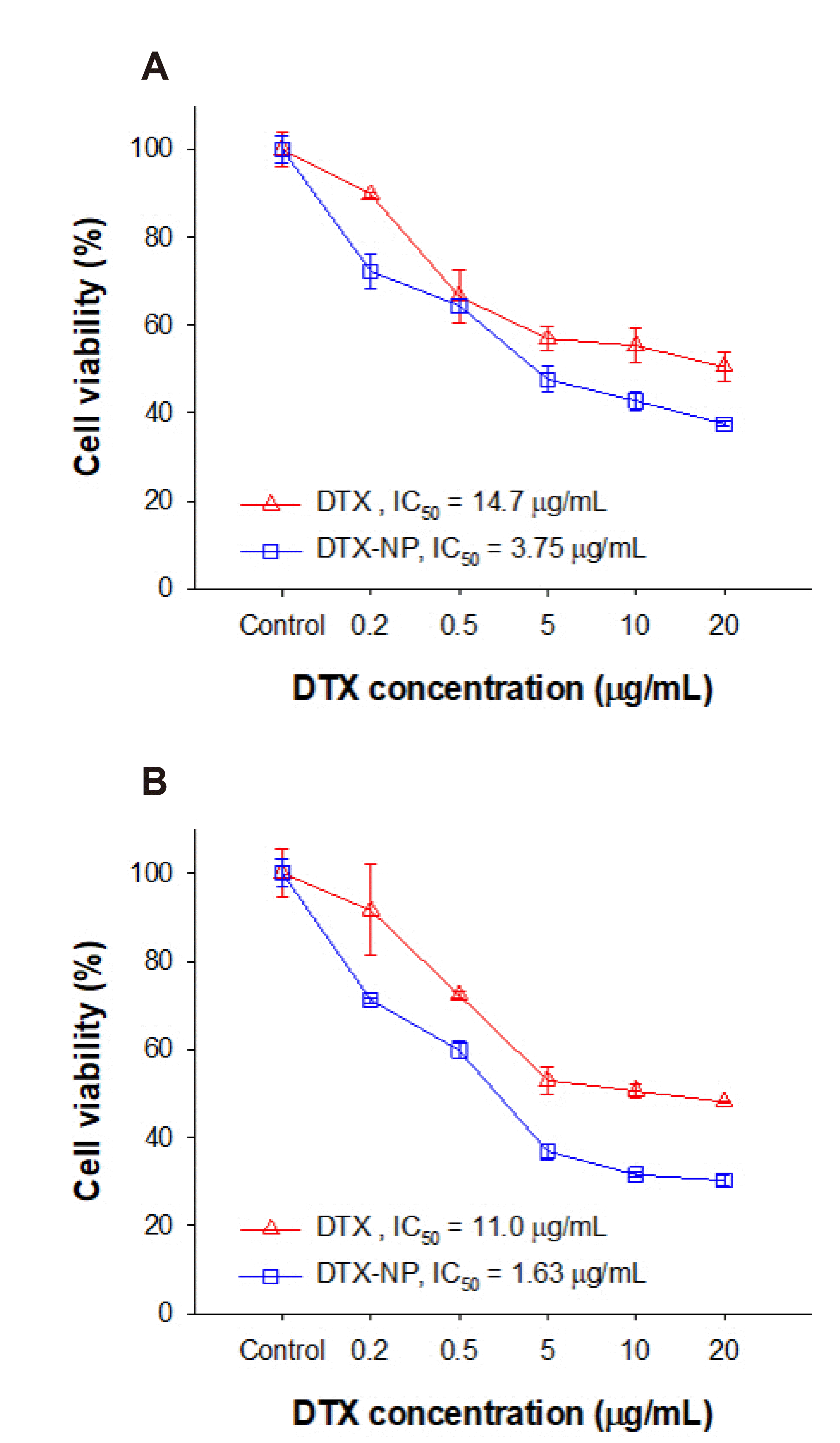
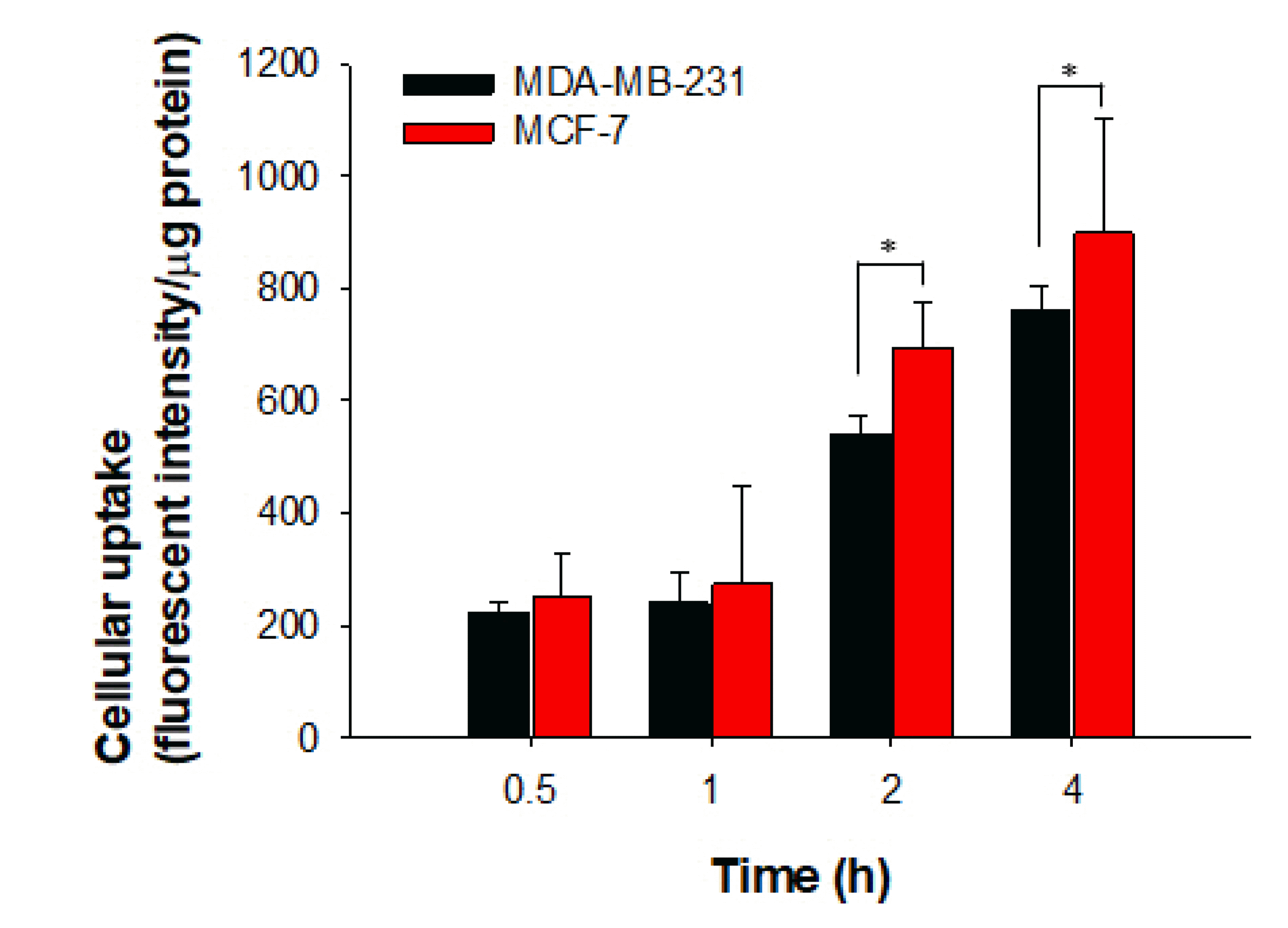
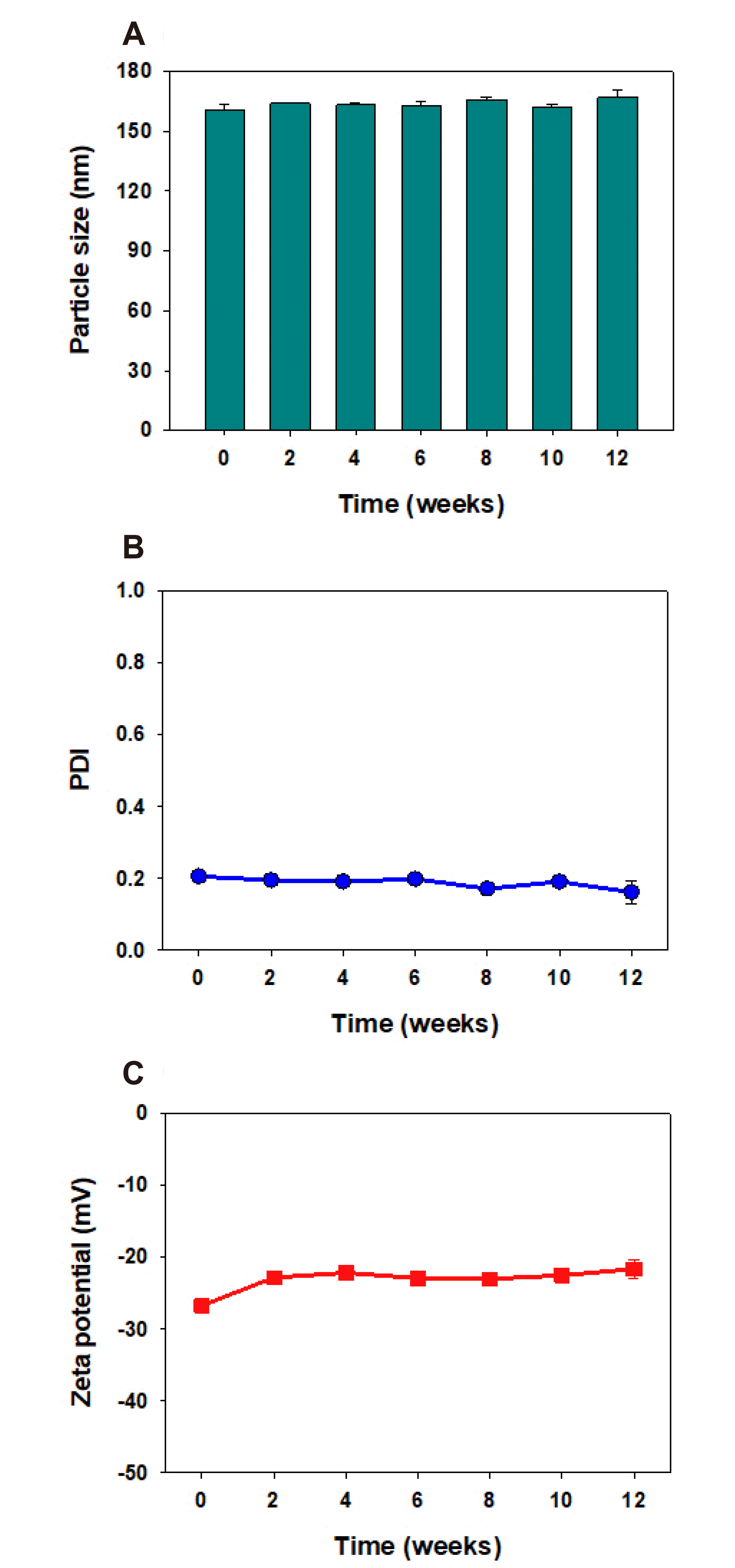
 XML Download
XML Download